As outdoor living spaces continue to gain importance in architectural design and home improvement projects, Wood-Plastic Composite (WPC) materials have emerged as a game-changer in the construction industry. Here are 10 prominent outdoor trends driving the utilization of WPC materials in 2024.
-
-
- 1. Eco-Friendly and Sustainable WPC Materials
- 2. Enhanced Durability and Longevity
- 3.Advanced Aesthetics and Designs
- 4. Versatile Applications
- 5.Emphasis on Cost-Effectiveness
- 6.Modular and DIY-Friendly Designs
- 7.Regional Variations and Cultural Influences
- 8.High-performance resins and adhesives
- 9.Additive manufacturing
- 10. Global Market Size and Forecast
-
1. Eco-Friendly and Sustainable WPC Materials
The rise in demand for environmentally conscious building materials has boosted the popularity of WPC (Wood Plastic Composite) materials. WPC materials are made from recycled wood flour and plastic, which significantly reduce the need for new resources, aligning well with the sustainability trend. People are increasingly seeking such eco-friendly solutions in line with their environmental concerns.
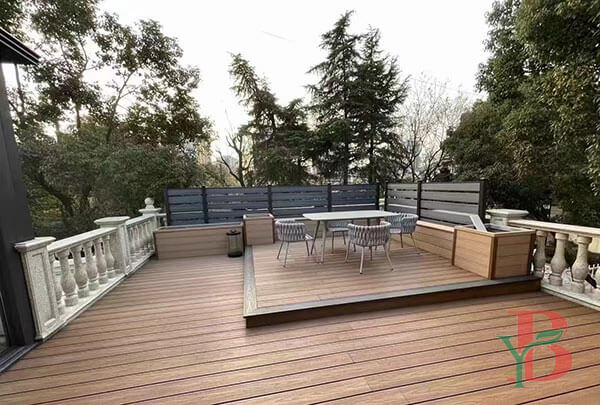
2. Enhanced Durability and Longevity
WPC materials like WPC fencing and decking offer exceptional durability. They are highly resistant to moisture, UV exposure, and temperature fluctuations. Their low-maintenance requirements make them an appealing choice for outdoor projects, ensuring long-lasting functionality with minimal upkeep.
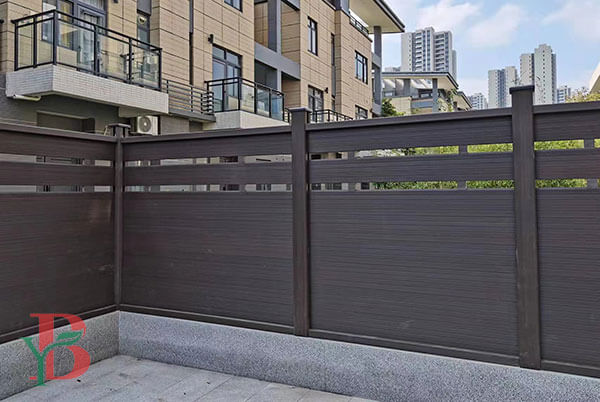
3.Advanced Aesthetics and Designs
Emphasis on attractive and aesthetically pleasing designs that mimic the look of natural wood while offering greater flexibility in color and texture.
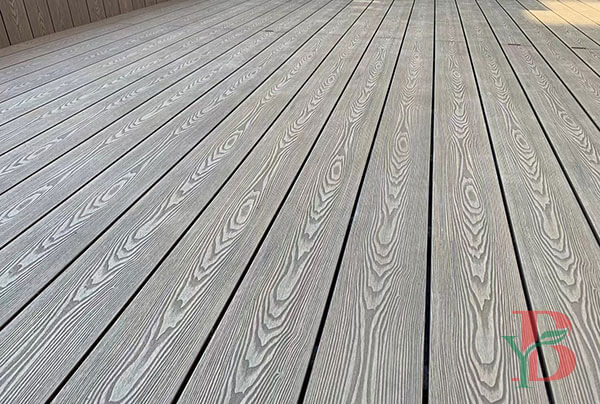
4. Versatile Applications
WPC materials continue to find diverse applications in outdoor settings, including decking, cladding, fencing, and outdoor furniture. Their superior properties and eco-friendly credentials make them an ideal choice across various outdoor projects, offering both functionality and aesthetic appeal.
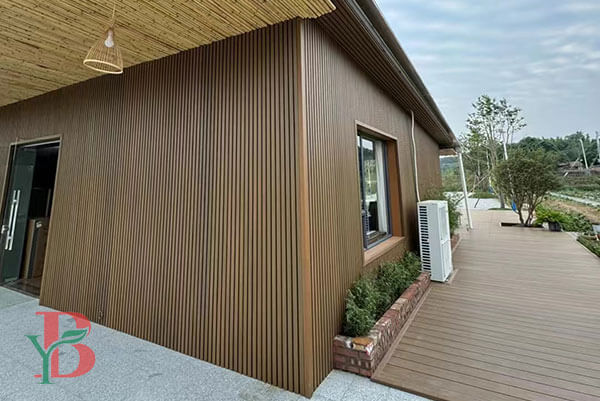
5.Emphasis on Cost-Effectiveness
In recent years, WPC materials have gained popularity due to their durability, low maintenance, and eco-friendly nature. However, cost has been a limiting factor for some applications. To address this, manufacturers are focusing on developing cost-effective WPC materials that offer a balance between affordability and high performance.

6.Modular and DIY-Friendly Designs
WPCs are being used to create modular furniture pieces that can be rearranged and adapted to suit different occasions and preferences. Designing WPC products that are modular and easy to install, allowing consumers to save on installation costs.
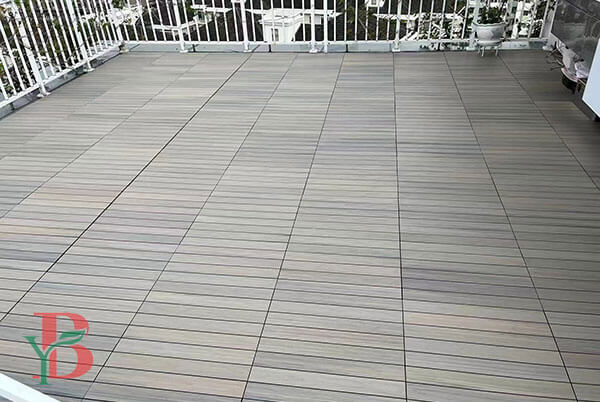
7.Regional Variations and Cultural Influences
The use of WPC materials in outdoor applications can vary significantly across different regions due to cultural and aesthetic preferences, as well as local climate and environmental conditions:
Some examples of regional variations and cultural influences on WPC materials include:
North America: In North America, WPC materials are often used for decking, siding, and fencing, with a focus on durability and low maintenance.
Europe: In Europe, there is a strong emphasis on sustainability and eco-friendliness, with WPC materials made from recycled plastics gaining popularity.
Asia-Pacific: In the Asia-Pacific region, WPC materials are increasingly being used in outdoor furniture and landscaping applications, with a focus on aesthetics and affordability.
Latin America: In Latin America, WPC materials are used in a variety of outdoor applications, including decking, siding, and fencing, with a focus on cost-effectiveness and durability.
Middle East: In the Middle East, WPC materials are gaining popularity due to their resistance to harsh climate conditions, such as extreme heat and sandstorms.
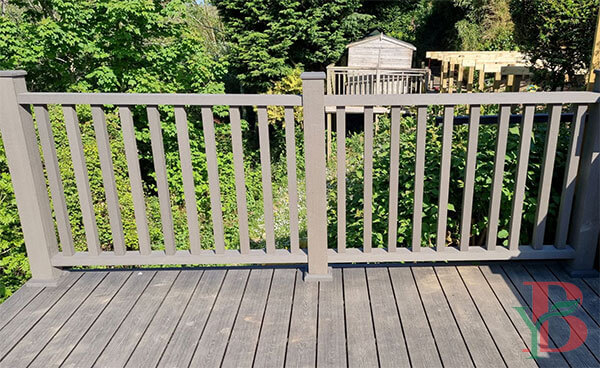
8.High-performance resins and adhesives
WPCs are using advanced resins and adhesives, such as epoxy, polyurethane, and acrylic, to enhance their bonding and curing properties. These resins and adhesives offer superior resistance to moisture, temperature, and chemicals, as well as improved durability and aesthetics.
9.Additive manufacturing
WPCs are being produced using additive manufacturing techniques, such as 3D printing and fused deposition modeling, to create complex and customized shapes and structures. Additive manufacturing enables the fabrication of WPCs with precise geometries, reduced waste, and lower costs.
10. Global Market Size and Forecast
The global wood-plastic composite (WPC) market is experiencing remarkable growth, with projections indicating a market size of US$ 11.06 billion by the end of 2029, accompanied by a robust compound annual growth rate (CAGR) of 9.35%. This exponential rise is attributed to the escalating demand for sustainable building materials, positioning WPCs at the forefront of eco-conscious construction solutions.

Reference:
Bongywood Wood Plastic Composite
Guangdong Bangying New Building Materials Co., Ltd. is a professional manufacturer specializing in the R&D, production, and sales of WPC (Wood Plastic Composite) materials, our products include composite decking, capped composite decking, WPC Wall Panel, WPC Railing & Fencing, WPC Pergola & Gazebo, WPC Chairs & Bench, WPC Flower Planter Pots, etc.
Leave a Reply

